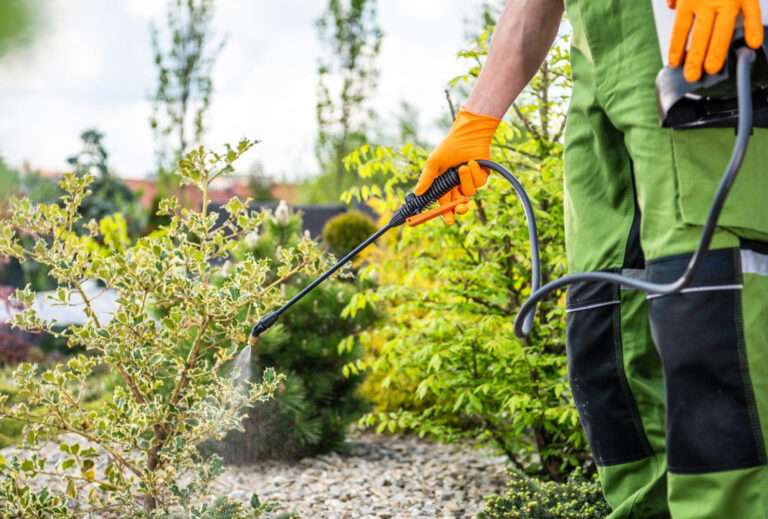How to Enhance Your Soil for Healthy Growth
Soil health is the foundation of any successful landscape or garden. Whether you’re maintaining a lush lawn, growing ornamental plants, or cultivating a vegetable patch, the condition of your soil plays a crucial role in plant growth. Soil amelioration is the process of improving soil quality by addressing its structure, nutrient content, and overall health. By implementing the right techniques, you can create a fertile environment that promotes strong root development, better water retention, and improved plant resilience.
In this guide, we’ll explore the best practices for soil amelioration to help you build healthier, more productive soil for your outdoor spaces.
1. Test and Analyse Your Soil
Before making any improvements, it’s essential to understand the current state of your soil. Testing your soil will help determine pH levels, nutrient deficiencies, and soil texture.
- Why it matters: Soil pH affects nutrient availability, and deficiencies in essential elements like nitrogen, phosphorus, or potassium can hinder plant growth.
- How to test: Use a DIY soil testing kit or send a sample to a UK-based laboratory for professional analysis.
- What to do next: Based on the results, you can make targeted amendments, such as adding lime to raise pH or sulphur to lower it.
2. Enhance Soil Structure with Organic Matter
Organic matter is one of the best natural amendments for soil amelioration. It improves soil structure, increases microbial activity, and enhances water retention.
- Compost: Adds nutrients and beneficial microorganisms.
- Well-rotted manure: Enriches the soil with essential nutrients.
- Leaf mould: Improves soil aeration and water retention.
- How to apply: Spread a 5-10cm layer of organic matter over the soil and mix it in lightly.
3. Improve Drainage and Aeration
Poor drainage can lead to waterlogged soil, suffocating plant roots and promoting disease. If your soil is compacted or heavy in clay, improving aeration is key.
- Aerate the soil: Use a garden fork or aerator to loosen compacted areas.
- Add grit or sand: In clay-heavy soil, incorporating horticultural sand or grit can improve drainage.
- Use raised beds: If drainage issues persist, raised beds offer better water control.
4. Use Mulching to Protect and Nourish the Soil
Mulching is an effective way to protect soil while enhancing its quality. It helps regulate temperature, retain moisture, and suppress weeds.
- Best mulch materials: Bark chips, straw, grass clippings, or shredded leaves.
- How to apply: Spread a 5cm layer of mulch around plants, avoiding direct contact with stems.
- Additional benefits: Mulch encourages earthworms, which naturally aerate the soil.
5. Incorporate Green Manures and Cover Crops
Green manures (cover crops) are plants grown specifically to improve soil health. They help prevent erosion, suppress weeds, and increase soil fertility when turned into the soil.
- Best options for the UK: Clover, winter rye, mustard, and vetch.
- How it works: These plants fix nitrogen and improve organic content when tilled into the soil.
- Best practice: Sow cover crops in autumn or early spring and incorporate them into the soil before flowering.
6. Avoid Over-Tilling and Soil Compaction
Excessive tilling can break down soil structure, while compaction limits water infiltration and root growth.
- How to prevent compaction: Avoid walking on garden beds; use stepping stones or designated pathways.
- Reduce tilling: Instead of deep digging, apply organic matter to the surface and let nature do the work.
- Aerate compacted soil: A garden fork can help loosen compacted areas without disrupting soil life.
Conclusion
Soil amelioration is a key practice for improving soil quality and creating a thriving landscape. By testing your soil, adding organic matter, improving drainage, using mulch, incorporating cover crops, and preventing compaction, you can build healthier, more resilient soil. Investing in soil health now will lead to stronger plants, better yields, and a more sustainable garden.
Start applying these best practices today to revitalise your soil and enjoy long-lasting landscape success.









